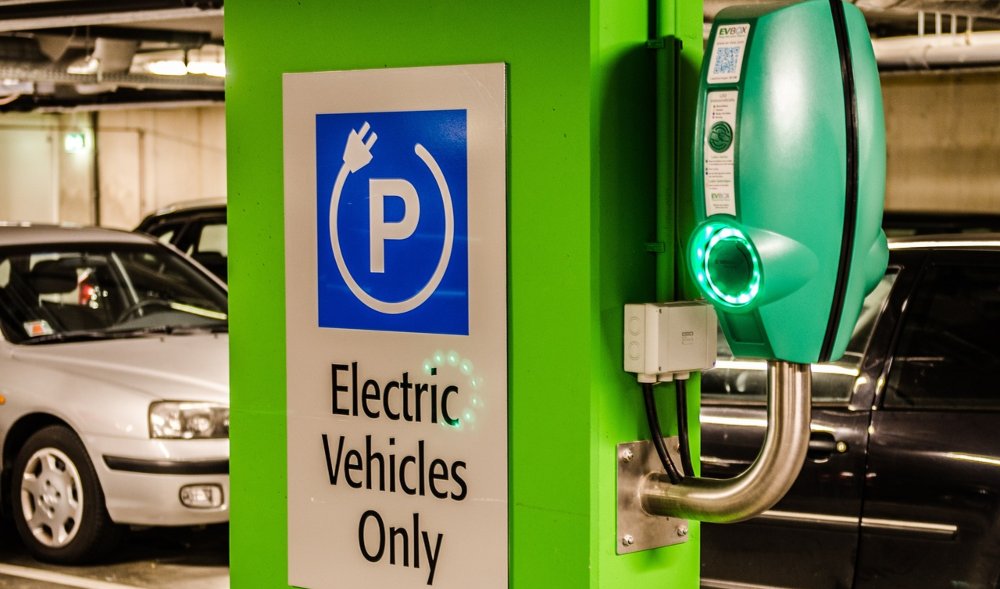The drop in sales of all-electric vehicles earlier this year — in Washington, sales in March were down about 15% from a year earlier — comes after a fabulous boom. Given the $7,500 federal tax credit, it’s a government-subsidized boom, but that is no reason to disrespect it. People are putting out tens of thousands of dollars of their own money for these vehicles.
Last year, more than 40,000 EVs were registered in Washington. That’s four times the registrations for 2020 and eight times the figure for 2018. The recent drop, assuming it is still on, is likely to last no more than a few months for the very good reason that a wad of public money is on the way. In August a new state rebate program is set to begin, funded by a $45-million federal grant. The money is enough to buy down the cost of 6,500 to 8,000 vehicles before it runs out.
For decades, public officials in Washington have said over and over that people needed to get out of their gas-guzzling cars. In central Puget Sound, public officials have asked the people to vote billions for rail, and the people did, though most of them did not get out of their cars. Now the state wants to give you $5,000 in public money to buy yourself a new car, so long as the car is all-electric. (No hybrids!) What’s more, the state will give you $9,000 to lease an EV. This comes on top of the federal EV tax credits, as illustrated here:
| WA Rebate | IRS Tax Credit | Total Subsidy | |
|---|---|---|---|
| Buy New | $5k | $3.75k-$7.5k | $8.75k-12.5k |
| 3-year Lease | $9k | $7.5k | $16.5k |
| 2-year Lease | $5k | $7.5k | $12.5k |
| Buy Used | $2.5k | $4k | $6.5k |
The state wants to slide lower-income people into electric vehicles (EVs) that they could not afford to buy, even with rebates. That’s why the plan favors leasing. On its web page, the state Department of Commerce says that without subsidy, the cost of leasing an electric can be $400 to $500 a month, but that if customers use their subsidy as a down payment, their monthly lease costs could be as low as $87 for a Nissan Leaf (manufacturers’ suggested retail price $29,280) or $93 for a Hyundai Ioniq (MSRP $37,500).
These models are lower-priced than the EV market leaders in Washington, which are the Tesla Model Y (MSRP from $42,990), the Tesla Model 3 (MSRP from $38,990), and the Rivian R1S (MSRP from $78,000).
Two to three years later, the leased cars should begin popping up on the used-car market. That’s the idea, because that which is where lower-income residents buy their cars.
“With these new rebates,” said Gov. Jay Inslee at last month’s press conference on the state program, “we’re significantly lowering the entry point, opening the door to EVs for people of modest incomes as we continue paving the way to a clean transportation future for all.”
To avoid subsidizing the wealthy, the federal tax-credit program is limited to individuals with an adjusted gross income of less than $150,000, or $300,000 for couples. That’s a generous limit. Washington’s limits are much lower, at least on the surface. Our state subsidies will be limited to buyers or lessees with an income below 300 percent of the federal poverty level. Currently that’s $45,180 for individuals or $93,600 for a family of four.
But there’s a catch, which was outlined by Josh Chanin in a video presentation to the state’s Electric Vehicle Coordinating Council on May 1. Chanin (who has since moved on) spoke for the Oakland, California, company, Energy Solutions, which developed Washington’s program.
In talking with car dealers and buyers, Chanin said, the consultants learned that people did not like having to show car dealers their IRS Form 1040s to prove that their incomes were low enough for a federal subsidy. People would resent even more having to prove they are under the state’s limits, which will be so much lower. For that reason, in the new state program EV customers will not have to verify adjusted gross income. To say their income qualifies — “attest” is the state’s word — will be good enough.
Under the program, Chanin said, the state will audit one in 20 of the subsidy payments to see if the buyer really did qualify. For the people who lied, he said, “there will be no clawbacks.” The purpose of the audit, he said, will be to “give us an understanding” of how the program is working.
Giving away money does tend to work. The EV boom in Washington should continue for another year.
Discover more from Post Alley
Subscribe to get the latest posts sent to your email.
